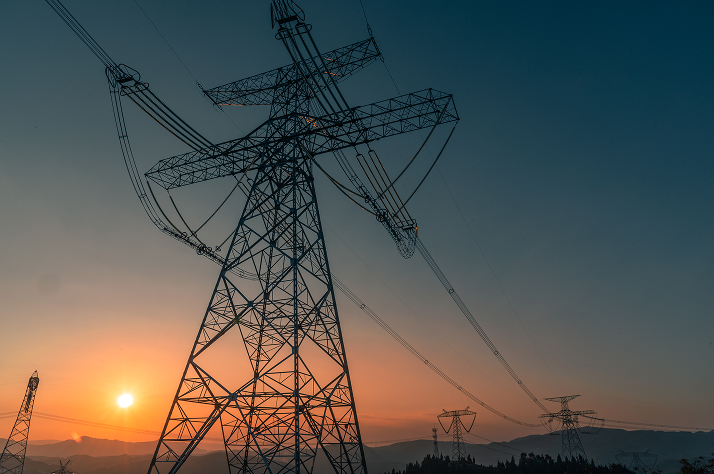Although the original extension of the project was 1,342 kilometers, now 1,346 kilometers are planned, associated with the installation of 2,691 towers. The company also reported progress in the development of detailed engineering.
The environmental evaluation of the Kimal-Lo Aguirre megaline, which will link Antofagasta and Santiago and contemplates an investment of some US$ 1,500 million, continues to advance. This Friday, the company Conexión Kimal-Lo Aguirre submitted to the Environmental Impact Assessment System (SEIA) the first addendum, a document that responds to the observations of the Consolidated Report of Clarifications, Rectifications or Amplifications (ICSARA) presented by the State agencies participating in the process, as well as to the observations collected in the citizen participation.
Although the document was expected by September 30, the company requested an extension of the deadline – which was granted – due to the fact that the citizen observations formulated in the annex were published in the evaluation file more than four months after the first ICSARA was issued in January.
Finally, the company promoting the initiative – which considers two converter substations in each pole, between the Antofagasta and Metropolitan regions and a route through 28 communes between both regions – had to respond to almost 2,600 observations if one adds those included in the first ICSARA and those from citizen participation.
As indicated by the company in a press release, the large number of files that make up Addendum 1, show the additional baseline information required, as well as adjustments to the route of the line to avoid intervention and/or re-evaluate impacts. They specified that these are manifested in the reduction of vegetation cut areas in approximately 100 hectares for permanent works, and similar magnitude in temporary works, while the number of repeater stations decreases from nine to five units, among others.
Specifically, this implies a slight change to 1,346 kilometers in the extension of the transmission line, associated to the installation of 2,691 towers, which will require the hiring of 5,099 workers on average, with a peak of 6,249.
“In accordance with the regulations of the Environmental Assessment System, we have complied in a timely manner with the requirements of the first ICASARA, in line with our policies of sustainability and human rights, bearing in mind that the energy transition must take place in a context of biodiversity protection and social acceptance”, said the general manager of Conexión Kimal-Lo Aguirre, Sebastián Fernández.
Project progress
Another relevant aspect of the initiative, in addition to its environmental evaluation process, is the development of its detailed engineering, thus complying with the provisions of the 2022 Work Award Decree of the Ministry of Energy, and the milestones it considers.
In particular, the company stated that the milestone associated with line engineering has already been approved, and will soon be fulfilled in relation to the converter substations, and then continue with the purchase orders for the equipment in the facilities.
In terms of securing the strip for the installation of the line, voluntary agreements have been signed with the owners of the land, as scheduled, and five requests for electrical concessions, one in each region, have been submitted to the Superintendency of Electricity and Fuels (SEC).
The project was mandated by the National Electric Coordinator, the body that oversees the operation of the electric system, as part of the long-term transmission expansion plan in Chile, developed by the National Energy Commission (CNE) in 2018. With its entry into operation it should ensure a more stable electricity supply, increase the share of renewable energy, begin the process of electrification of energy consumption, and thus achieve the carbon neutrality goals committed by the country.
